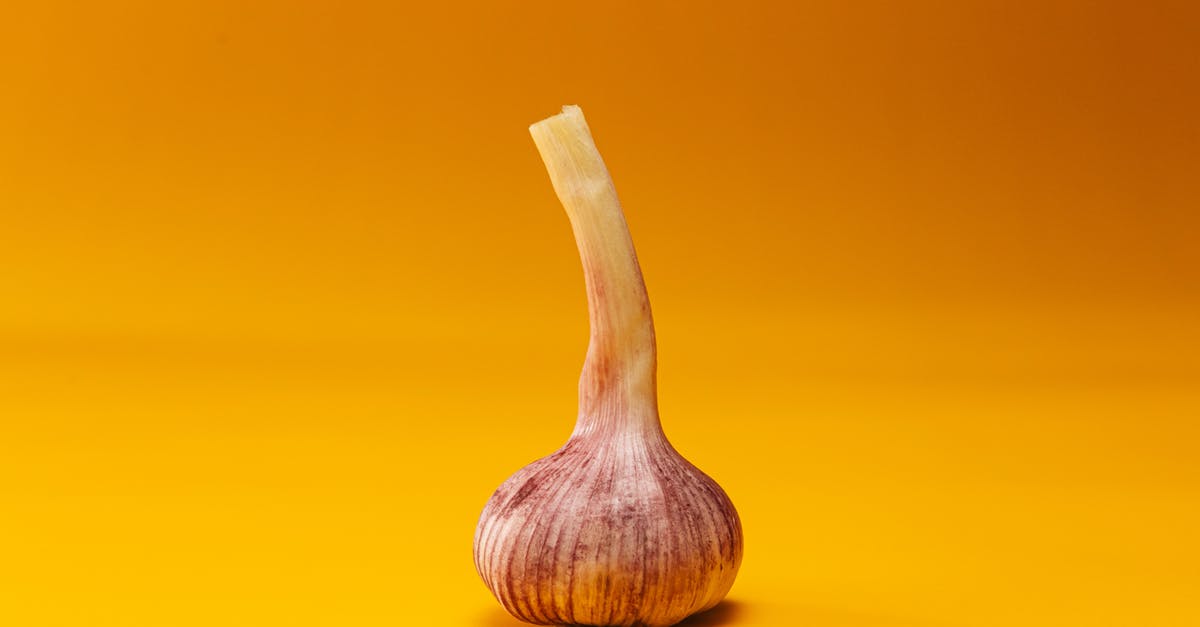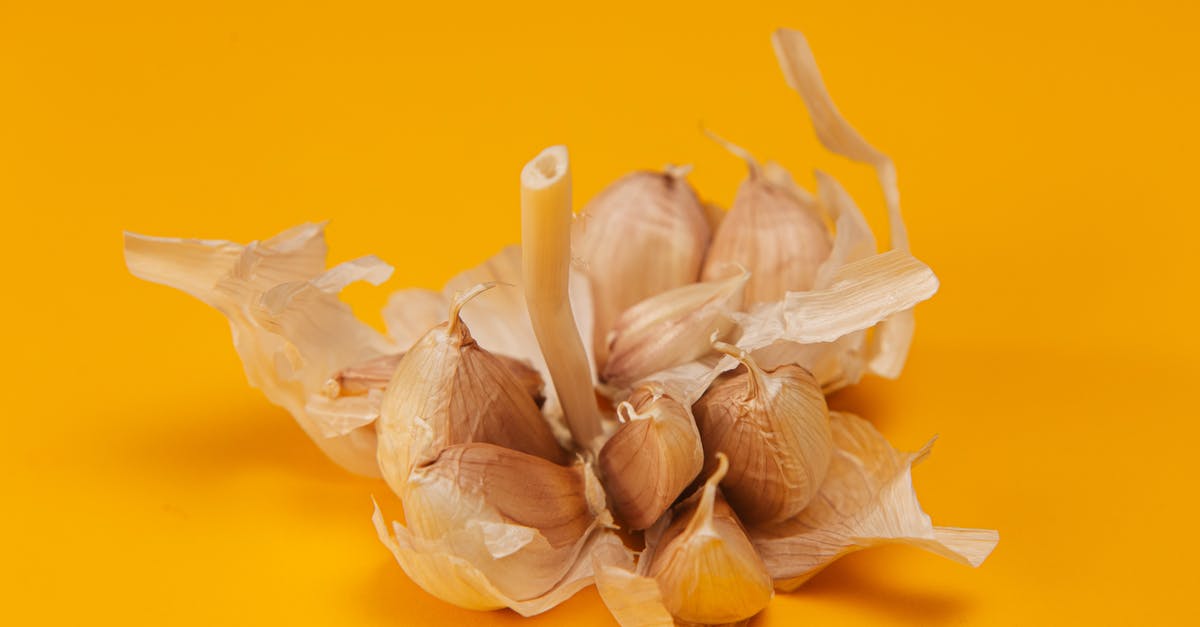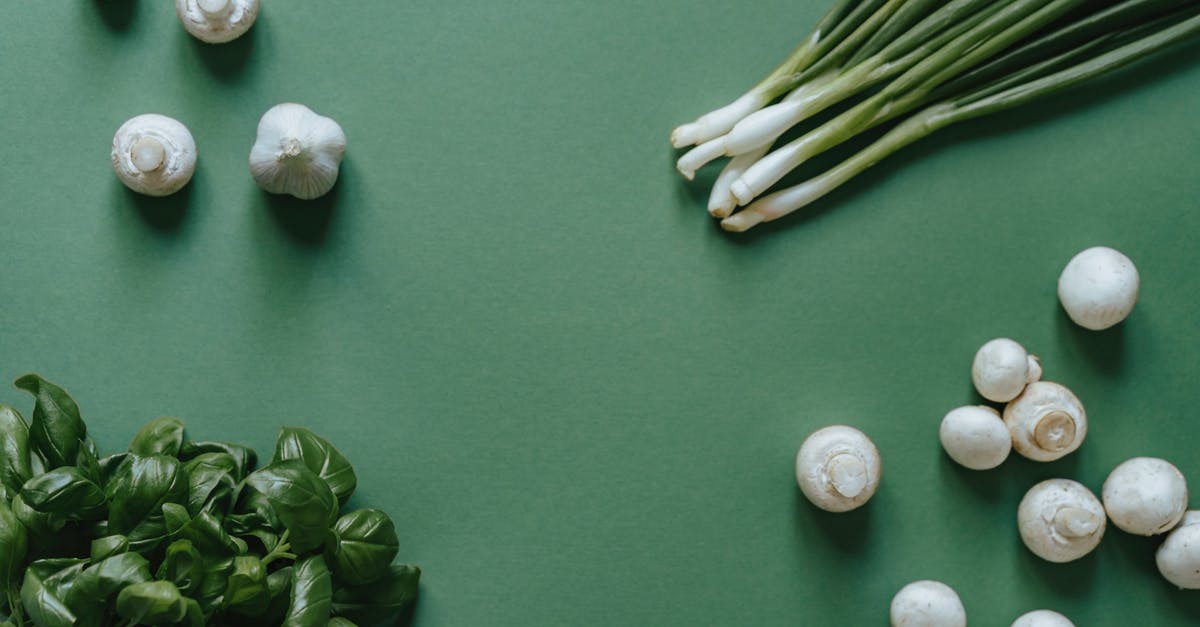Confused about the addition of garlic

I keep reading online that garlic should be added at the end of dishes because they'll otherwise turn brown and bitter.
What confuses me is that a lot of recipes using various methods (sauteeing, frying, etc) begin with garlic.
What further confuses me is that I've had crispy browned garlic before, as an addition on top of casseroles and even some Asian dishes, such as rice porridge, and they're not bitter.
I'd like some clarity on this. Is it that cooking garlic at the beginning of a dish ends up with softer flavor than one at the end? Or is one that everyone's doing wrong and garlic should be added at the end? Or...???
Best Answer
I think it would be more correct to say that garlic turns bitter when it is overcooked or burned; a touch of browning is not going to do that. Since it is usually sliced, minced, or crushed, overcooking it is easy to do in high heat methods.
Garlic, like many of the aliums family (including onions, shallots, scallions and so on) can present different flavors depending on how it is cooked.
The different cooking methods in the many cuisines of the world bring out different aspects of the flavor or use it differently. Most cooking methods reduce the sharpness or pungency of raw garlic. How long you cook depends on how much of the sharpness you desire.
- Raw, it has a sharp, pungent flavor
- When sauteed or fried quickly at the beginning of a dish (common in both Asian and Western methods), it releases its flavor into the cooking oil, which will then permeat the entire dish with its perfume, as well as cooking the pieces through so that they are softer and more palatable. The edges might brown a little bit, but they will not become a deep sienna color, indicating the burned flavor is present.
- Roasted, the garlic mellows and can be used in much larger quantities for its aromatic qualities, without the pungency.
Recipes where it is fried until crisp will direct you to only go to a light brown (for example, as in this recipe for gnoccii with crispy garlic—and of course, the garlic must be sliced quite thinly to do this. The goal is to get it crisp before it is overcooked, and avoid the burned flavors.
Garlic is normally added to recipes at the beginning of their preparation, in order to allow its flavor to permeat the entire dish. however, in a salad dressing or similar (especially in a raw applicaiton), it may be added right before service so that it is at its sharpest without the ... stale... taste that some aliums can get when chopped but not cooked for a longer time.
Pictures about "Confused about the addition of garlic"



Do you add garlic in the beginning or the end?
Onions and garlic must be cooked first so that it adds flavor to the oil. This way, the taste is absorbed better by the food that's being cooked, such as pork or beef. As stated earlier, onions go first and garlic later. The last-second inclusion of garlic in the cooking process allows for a more robust garlic flavor.How do you release the taste of garlic?
Since crushing breaks the most cells, crushed garlic cloves taste stronger, whereas coarsely chopped or sliced garlic cloves taste milder. Intact garlic cloves are mildest of all. Mashing minced garlic with a pinch of coarse salt can help tame the harsh flavor.Does garlic have to be cooked?
In most recipes, garlic is typically cooked or used in powdered form. Cooking garlic alters its taste and texture, making it softer, milder, and creamier and giving it a more subtle flavor and aroma. However, it can also be enjoyed raw rather than cooked.Inhibiting Platelet Activation with Garlic and Onions
More answers regarding confused about the addition of garlic
Answer 2
The important thing is not to burn the garlic, that truly is a nasty flavor. The spectrum from raw to gently browned gives different flavors at every level. Just like garlic has a very different flavor if it is crushed vs chopped vs sliced, every level of doneness gives a different flavor to the recipe, even if the amount is the same. As a general rule, the less garlic is cooked, the sharper the flavor.
Sources: Stack Exchange - This article follows the attribution requirements of Stack Exchange and is licensed under CC BY-SA 3.0.
Images: Ron Lach, Ron Lach, olia danilevich, Skylar Kang
